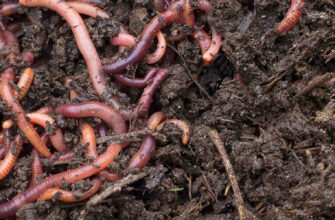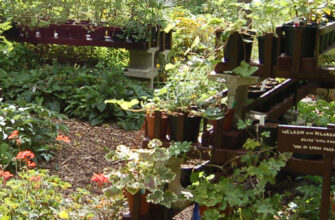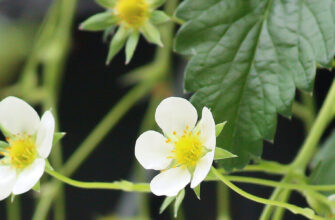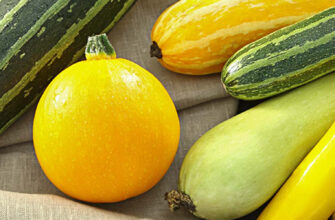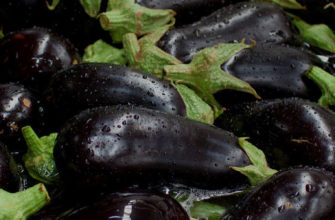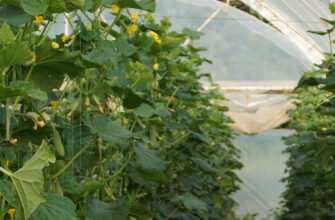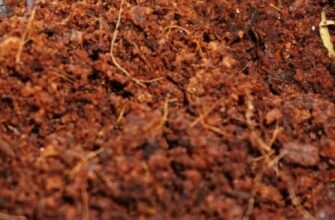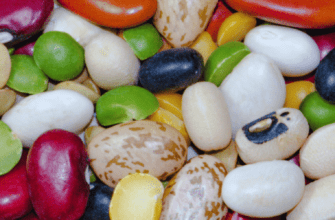Red radishes are a true spring treasure, packed with vitamins C, B, and folic acid, making them essential for a healthy diet. Known for their spicy flavor and rapid maturation (just 18-20 days), this crop is a favorite in Eastern Europe, where it’s cultivated in greenhouses and open fields for an early harvest. In this article, we’ll reveal the secrets to growing juicy red radishes, share tips on care, storage, and culinary uses, and explore their cultural significance in various countries.
Interesting Fact
Red radishes boast a rich history: they were cultivated in Central Asia over 3,000 years ago, and in Ancient Egypt, they were so valued that they served as payment for pyramid builders. In Eastern Europe, red radishes symbolize spring, with their vibrant bunches signaling the start of the gardening season at local markets.
Step 1. Choosing the Right Red Radish Variety
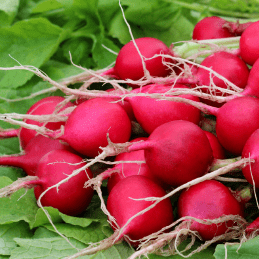
For an early harvest, select fast-maturing varieties like Sora, French Breakfast, or Cherry Belle, which ripen in 18-22 days.
These varieties thrive in the cool climate of Eastern Europe, including Ukraine, where spring frosts don’t hinder their growth.
Some hybrids resist bolting even in heat, making them ideal for summer cultivation.
Choose seeds suited to your region, considering light requirements and disease resistance.
Step 2. Preparing Seeds and Soil
To speed up germination, soak red radish seeds in settled or thawed water for 2-3 days at +20 to 25°C. To protect against fungal diseases, treat seeds with eco-friendly solutions, such as garlic extract (10 drops per 1 liter of water). In the EU, potassium permanganate is restricted, so opt for organic alternatives compliant with sustainable farming standards.
Prepare the soil in autumn: dig to a depth of 20-25 cm, applying 200-300 kg/ha of superphosphate and 400-500 kg/ha of organic compost. For acidic soils, common in Eastern Europe, add 1 kg of wood ash or lime per 1 m² to neutralize the pH to 6.0-7.0. In greenhouses, provide supplemental lighting (10-12 hours daily), as early spring days are short. The optimal temperature for red radish growth is +18 to 20°C, though they can tolerate brief frosts down to -3°C.
Step 3. Sowing Red Radishes
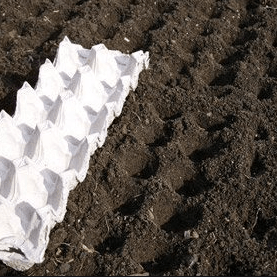
For even, juicy roots, choose a sunny spot with loose soil. Ideal predecessors include cucumbers, tomatoes, or legumes, which don’t deplete the soil. Avoid planting after cruciferous crops (cabbage, mustard) to reduce the risk of diseases like clubroot.
Start sowing in late February to early March (in greenhouses) or mid-April (in open fields) in Ukraine and other Eastern European countries. Sow seeds 1-2 cm deep with 8-15 cm between rows.
Use a seeding rate of 400 g per 100 m² for the first sowing and 250-300 g for later ones. Protect against spring frosts with agrotextile or plastic film. For a continuous supply of fresh radishes, reseed every 8-10 days.
Step 4. Care, Protection, and Harvest
After seedlings emerge (4-6 days), thin them to 4-5 cm apart to prevent small roots. Regularly loosen the soil and mulch with compost or peat (1 cm layer) to retain moisture and prevent crusting.
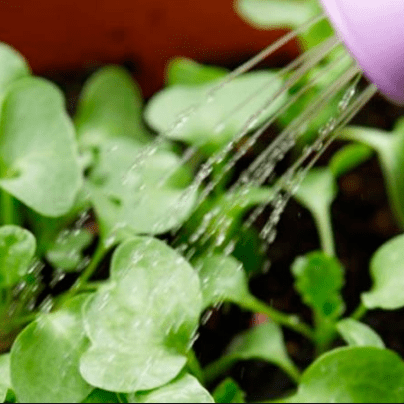
Watering is key to tasty radishes. Water with warm water (+20 to 25°C) every 2-3 days, increasing frequency during heat. Insufficient watering causes bitterness, while overwatering leads to cracking. Stop watering a week before harvest to maintain root firmness.
For fertilization, use organic options like a manure solution (1:5 with water) or 20 g of superphosphate and 15 g of potassium chloride per 10 liters of water. In Eastern Europe, wood ash (100 g/m²) is popular for enriching soil with potassium and deterring pests. In the EU, chemical fungicides are restricted, so combat cruciferous flea beetles with a 1:1 mix of wood ash and tobacco dust, applied 2-3 times at 4-5 day intervals.
Harvest radishes 18-22 days after emergence, when roots reach 2-3 cm in diameter. Expect a yield of 2-3 kg/m². Trim the tops, wash the roots, and store in perforated bags in the refrigerator at 0 to 2°C for up to 4 weeks.
Growing in Open Fields
In open fields, begin sowing in mid-April when the soil warms to +5 to 7°C. Red radishes tolerate brief cold snaps down to -2°C, but maintain +15-18°C for steady growth. Avoid sowing in June, as long daylight hours trigger bolting. Regular watering and mulching ensure juicy roots through autumn.
Troubleshooting
- Bolting: Caused by overcrowded sowing, heat, or insufficient water. Use resistant varieties and water consistently.
- Small Roots: Due to poor lighting or late sowing. Choose sunny spots and sow on time.
- Bitterness/Cracking: Irregular watering. Water evenly, avoiding over-saturation.
- Hollow Roots: Excess nitrogen fertilizers. Follow recommended organic application rates.

Culinary Culture
In France, red radishes are served as a refined appetizer with butter and sea salt. In Ukraine, a popular spring salad combines radishes with green onions, dill, boiled eggs, and sour cream for a vitamin-packed dish. In Japan, radishes are pickled and added to sushi or side dishes. In Mexico, the “Night of the Radishes” festival in Oaxaca (December 23) showcases intricate radish carvings, highlighting cultural uniqueness.
Allergens
Red radishes rarely cause allergic reactions, but their glucosinolates, responsible for their spicy flavor, may irritate mucous membranes in people sensitive to cruciferous crops (e.g., cabbage or broccoli). Consult a doctor if you have such allergies.
Interesting Facts
- Mexico’s “Night of the Radishes” festival (December 23) attracts thousands of tourists who admire radish sculptures, from animals to historical scenes.
- In Japan, the giant daikon radish, a close relative of red radishes, can weigh up to 3 kg.
- In Eastern Europe, red radishes are more than food—they’re a symbol of spring renewal, appearing on markets before other vegetables.
Leading Producer
According to FAO data, China is the world’s largest radish producer, accounting for about 40% of global production (mainly daikon and red radishes). In Eastern Europe, particularly Ukraine, red radishes remain a popular garden crop due to their ease of cultivation and market demand.
Try growing red radishes with our tips and share your experience in the comments! Did you achieve juicy roots in just 18 days? Subscribe to our resource for more insights on growing vitamin-rich vegetables, and share this article with friends to inspire their gardening journey!
If you have found a spelling error, please, notify us by selecting that text and pressing Ctrl+Enter.

